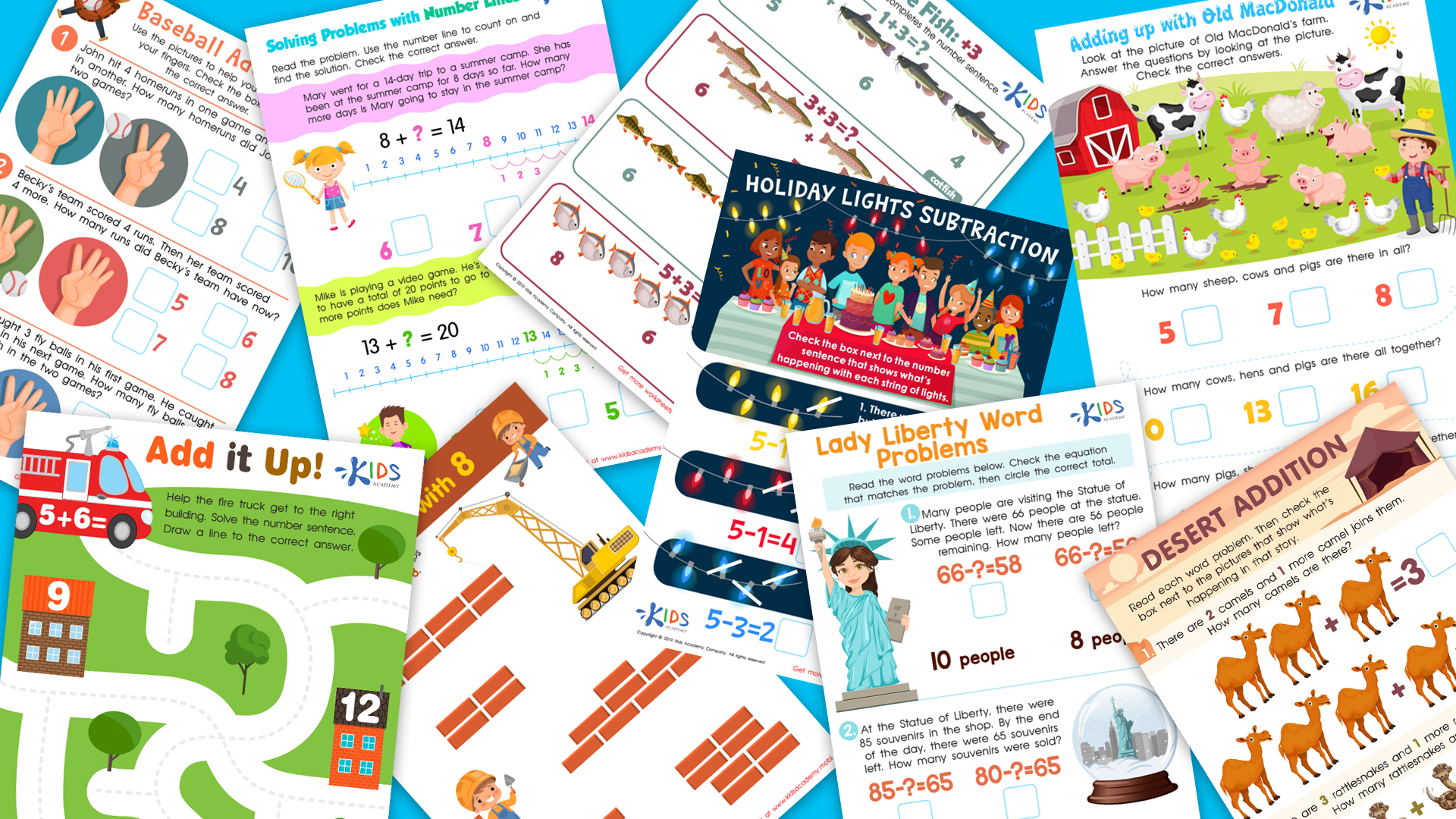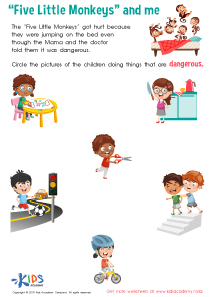Color recognition Easy Grade 1 Reading Worksheets
12 filtered results
-
From - To
Introduce your first graders to the vibrant world of colors with our "Color Recognition Easy Grade 1 Reading Worksheets"! Expertly designed to blend reading practice with learning colors, these printable worksheets make mastering color recognition engaging and fun. Our diverse activities cater to early learners, helping them identify, name, and read color words seamlessly. Perfect for parents and teachers seeking interactive educational resources, these worksheets are easy to use and tailored to reinforce fundamental reading skills. Transform your child's learning experience today by exploring our collection of dynamic and colorful reading worksheets. Embrace the joy of learning colors effectively!


Red and Blue Coloring Fun Worksheet


Yellow and Green Coloring Fun Worksheet


Little Blue Belle Worksheet


Baby Pandas Worksheet


Purple and Orange Coloring Fun Worksheet
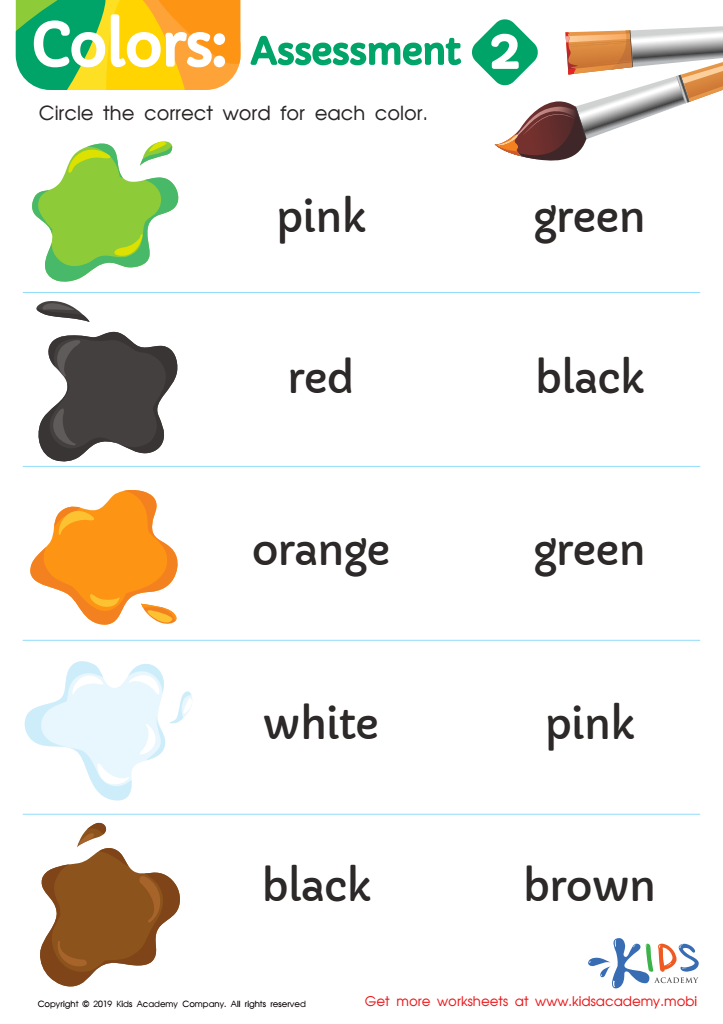

Colors: Assessment 2 Worksheet


Colors: Assessment 1 Worksheet
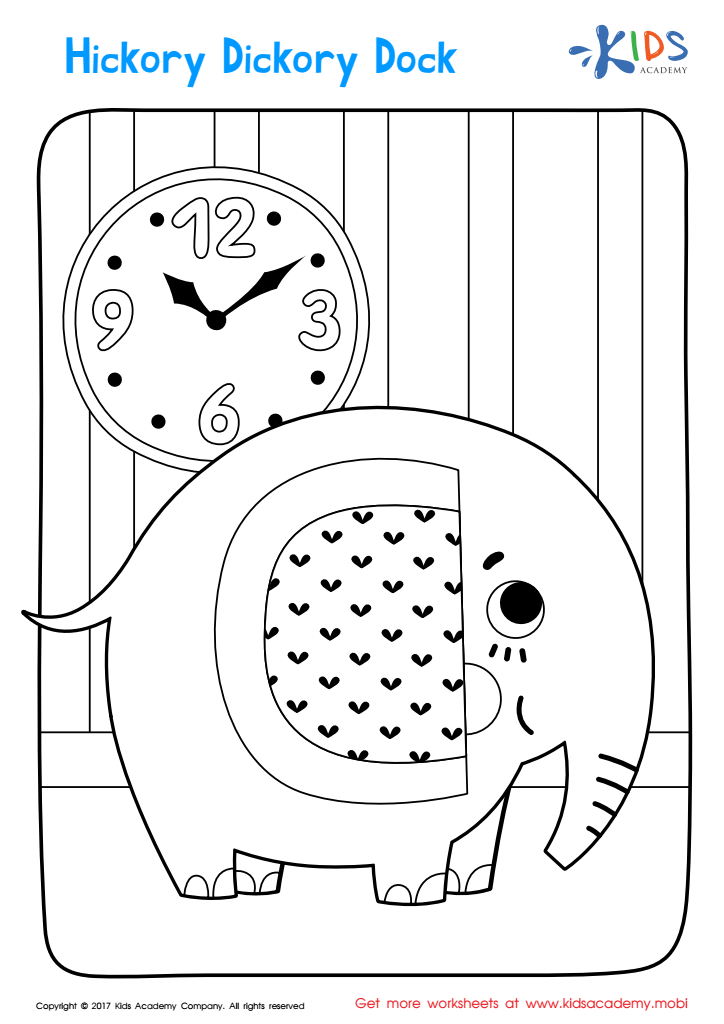

Hickory Dickory Dock Coloring Page
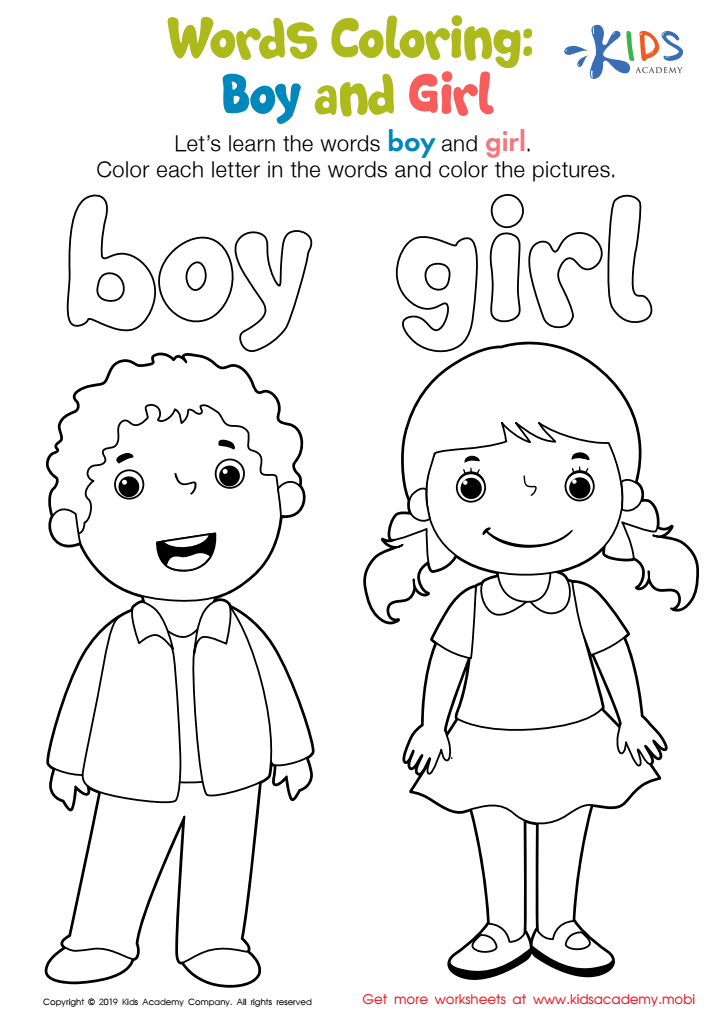

Boy and Girl Words Coloring Worksheet


Tired and Worried Words Coloring Worksheet
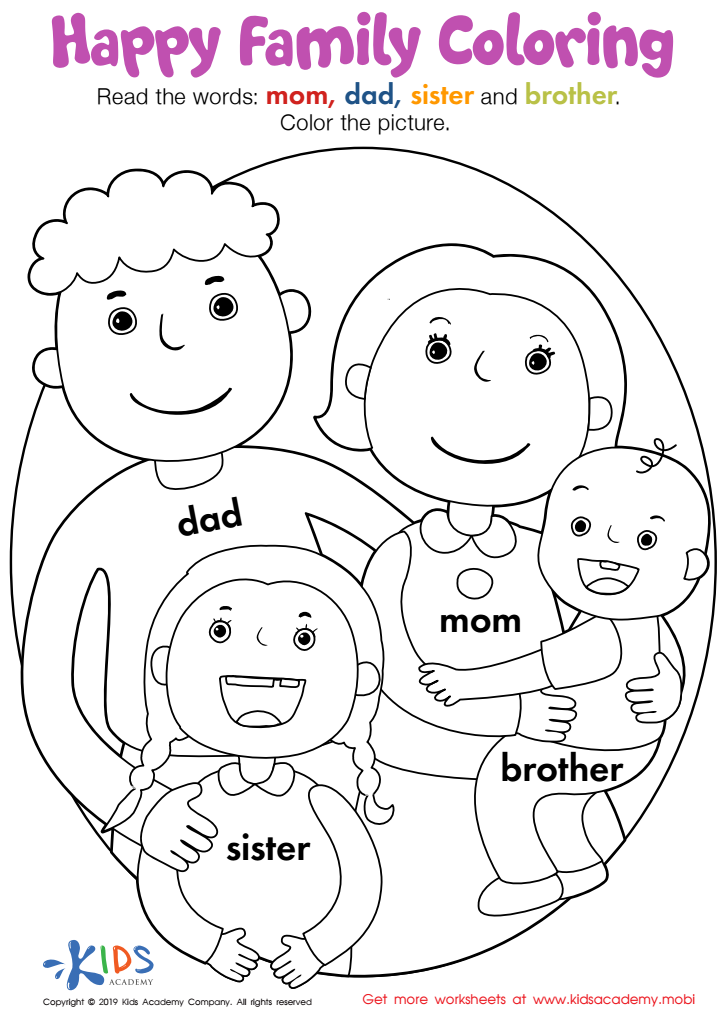

Happy Family Coloring Worksheet
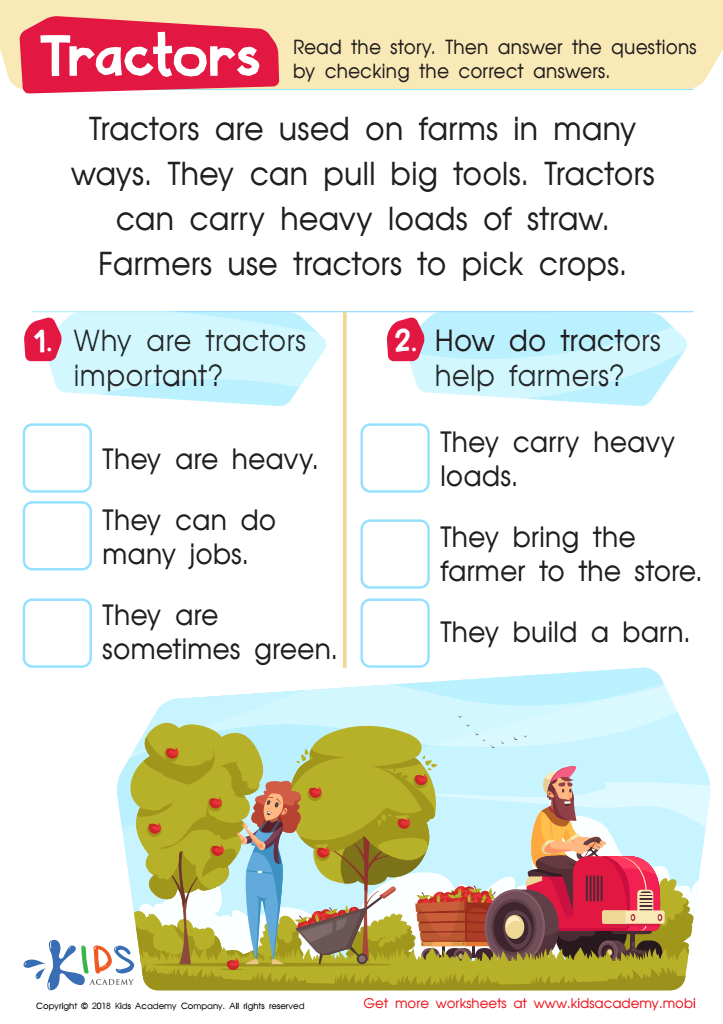

Tractors Worksheet
Color recognition is a foundational skill that plays a critical role in a child's overall development and learning, particularly at the Grade 1 level. For parents and teachers, understanding and emphasizing color recognition can yield numerous educational and developmental benefits.
Firstly, color recognition enhances cognitive development. It helps children in categorizing and differentiating objects, which is fundamental in subjects like math and science. For example, sorting objects by color is an early math skill tied to categorization and sets the stage for understanding more complex concepts later on.
Secondly, language development is closely linked with the ability to recognize and name colors. Learning new vocabulary through color names expands a child’s linguistic repertoire, making communication more effective. It also enhances descriptive language skills, allowing children to express themselves more clearly and accurately.
Thirdly, social development benefits from color recognition, as children can engage in collaborative play and activities that involve identifying and using colors. This fosters teamwork, sharing, and interaction with peers.
Finally, early reading abilities are subtly connected with color recognition. Color-coding can aid in understanding both print materials and classroom instructions, enhancing comprehension and retention. Recognizing color also aids in visual discrimination, which is crucial for differentiating letters and words.
In summary, prioritizing color recognition in early reading programs supports a well-rounded growth trajectory, impacting cognitive, linguistic, social, and reading skills that are essential for lifelong learning.
 Assign to My Students
Assign to My Students








